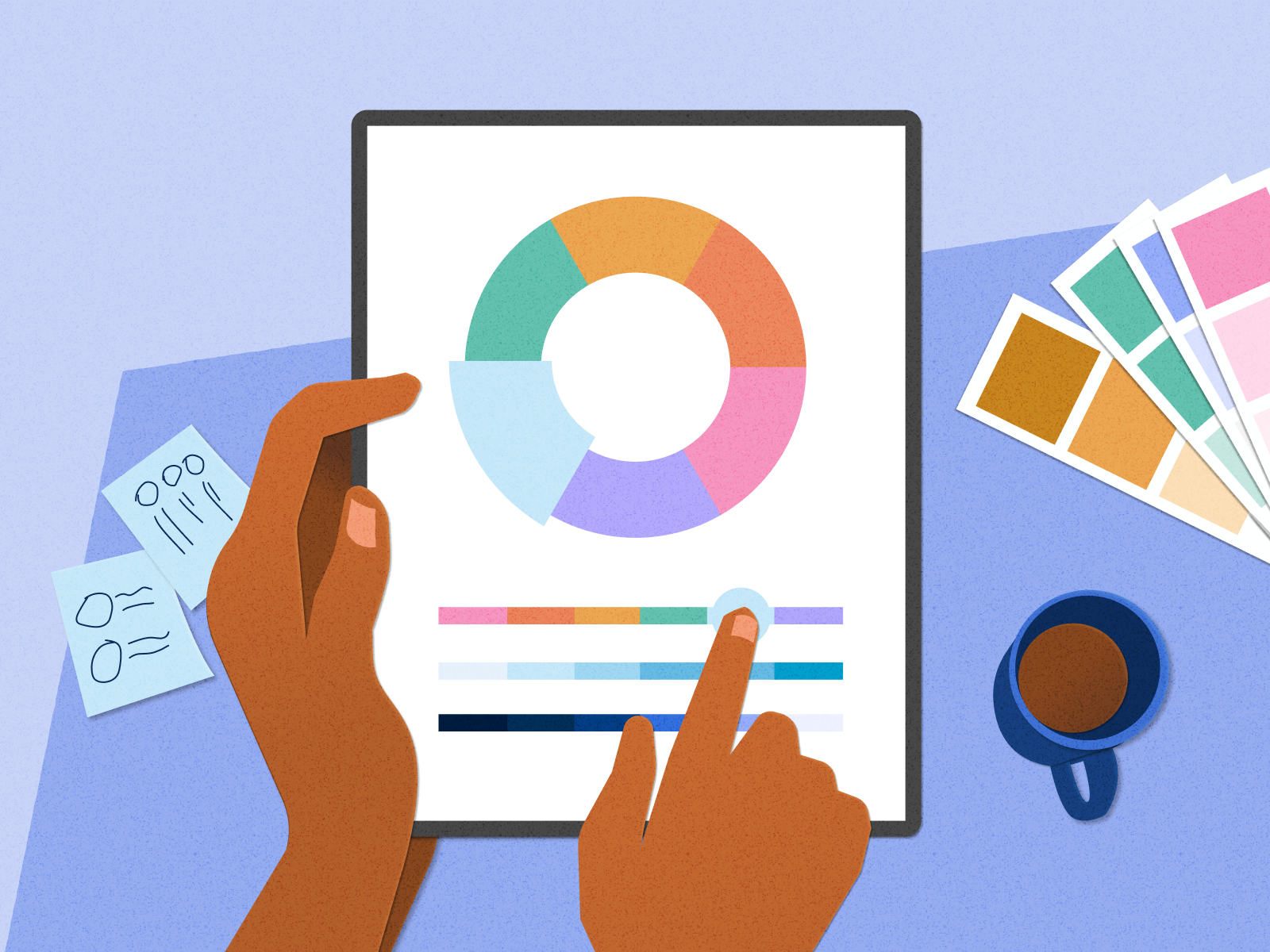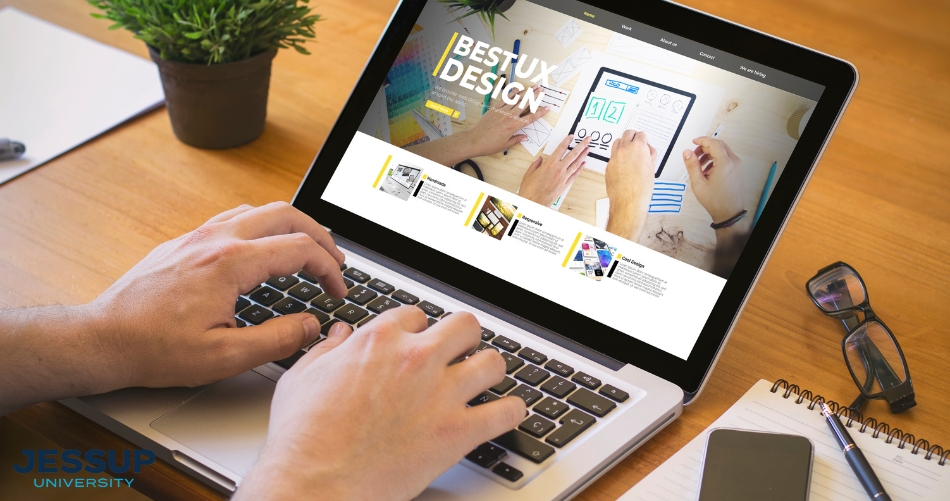Aligned Position Web Design: Transform Your Online Presence with Expert Web Design Services
Aligned Position Web Design: Transform Your Online Presence with Expert Web Design Services
Blog Article
The Ideal Kinds Of Web Style to Boost User Experience and Interaction
In the ever-evolving landscape of digital interaction, the efficiency of Web style dramatically impacts customer experience and engagement. Different style techniques, such as minimal, receptive, and interactive layouts, each deal unique advantages that can cater to diverse customer needs.
Minimalist Website Design
As electronic landscapes end up being progressively chaotic, minimal website design has actually emerged as a powerful method to enhancing individual experience. This style approach prioritizes simplicity, concentrating on crucial aspects while getting rid of unnecessary disturbances. By using sufficient white area, uncomplicated navigation, and a minimal shade combination, minimalist design cultivates clearness and guides individual attention to key content.
The core principle of minimalist website design is to produce a seamless communication for customers. By lowering cognitive lots, individuals can swiftly realize info without feeling bewildered. This direct method not just enhances functionality but additionally motivates engagement, as site visitors are a lot more likely to explore a website that is visually enticing and simple to browse.
Additionally, minimalist layout usually emphasizes typography and imagery, making use of these components strategically to convey messages properly. In essence, minimalist Web style is not simply a fad; it is a thoughtful approach that acknowledges the relevance of user-centered design.
Responsive Website Design
In today's diverse electronic setting, receptive Web layout has become essential for producing a smooth customer experience throughout a plethora of devices. As individuals gain access to web sites on smart devices, tablet computers, laptop computers, and desktops, the ability of a website to adapt its format and web content to various screen sizes and resolutions is essential.
Responsive Web layout uses adaptable grids, pictures, and CSS media queries to ensure that Web material exists ideally, despite the gadget utilized. This method not only improves the visual appeal of a site but additionally dramatically enhances usability. Users are more probable to engage with a site that supplies a regular experience, as it eliminates the irritation of needing to zoom in or scroll excessively.
Moreover, search engines, consisting of Google, focus on mobile-friendly internet sites in search positions. By adopting receptive style, businesses can boost their visibility and get to a wider target market. This method also streamlines website maintenance, as a single variation of the website can satisfy all tools, reducing the demand for several variations. In summary, receptive Web design is an essential practice that improves user experience, interaction, and overall complete satisfaction.
Interactive Website Design
Receptive website design lays the foundation for boosting user experience, however interactive Web design takes this an action better by engaging individuals in a much more vibrant means - Aligned Position Web Design. By integrating components such as animations, clickable prototypes, and real-time comments, interactive website design astounds customers, drawing them into a richer browsing experience
This technique not just fosters interaction yet also encourages users to check out material proactively instead than passively consuming it. Techniques such as gamification, where users make benefits for finishing tasks, can significantly enhance the time invested on a website and enhance general complete satisfaction. In addition, interactive functions can streamline complicated info, making it extra digestible and satisfying.
Integrating interactive layout aspects can additionally result in greater conversion prices, as customers are most likely to involve with a website that actively includes them. Aligned Position Web Design. Inevitably, interactive Web style changes customer experiences right into memorable journeys, making sure that site visitors return time after time
Flat Design
Characterized by its minimalistic technique, flat design highlights simplicity and performance, removing unnecessary aspects and concentrating on essential features. This design viewpoint prioritizes functionality, making sure that customers can browse interfaces effortlessly and efficiency. By employing a clean visual, level layout gets rid of the clutter commonly discovered in a lot more elaborate styles, thus improving individual concentrate on material and functionality.
The hallmark of flat layout depends on its use strong colors, easy typography, and geometric shapes. These components add to an aesthetically attractive interface that is both friendly and contemporary. Additionally, flat design fosters a feeling of quality, enabling users to recognize crucial activities and info without interruption.
In addition, flat style is especially reliable in receptive Web design, as its simpleness translates well throughout various gadgets and display sizes. By focusing on necessary features, flat style not just meets individual requirements however also encourages smooth communication, making it a vital component of efficient Web design approaches.
Flexible Website Design
Adaptive website design tailors the user experience by creating multiple repaired designs customized to various display dimensions and tools. Unlike responsive design, which fluidly adjusts a single design, adaptive layout uses distinct layouts for particular breakpoints, making sure optimum discussion Website on various platforms. This method enables developers to concentrate on the special qualities of each gadget, improving functionality by supplying exactly what individuals need based on their context.
Among the key benefits of adaptive website design is its ability to enhance lots times and efficiency. By serving tailored content and photos that fit the customer's gadget, websites can lessen information usage and improve loading rates. This is specifically check my blog helpful for users with slower connections or minimal information plans.

Furthermore, flexible design promotes a more regulated and regular branding experience. Because developers create several formats, they can ensure that the visual components straighten with the brand name's identification throughout different platforms - Aligned Position Web Design. This causes a natural user experience, improving involvement and promoting individual retention
Verdict
Minimal style promotes clarity and emphasis, while receptive style makes sure versatility across various tools, advertising ease of access. Collectively, these design comes close to add to the development of easy to use environments that not just improve complete satisfaction but additionally drive greater conversion rates, underscoring their critical relevance in modern Web design approaches.

Minimal design fosters clearness and focus, while responsive style makes sure flexibility throughout numerous devices, promoting ease of access. Collectively, these style approaches contribute to the creation of easy to use settings that not just boost contentment but also drive greater conversion prices, highlighting their essential relevance in modern Web style methods.
Report this page